
Knife Care and Maintenance: Ensuring Longevity
Neels Van Den BergOwning a unique high-quality handcrafted knife is like owning a piece of art, an heirloom that can last for generations. As the proud owner, you want to make sure your knife stands the test of time and serves you faithfully throughout its lifetime. Proper knife care and maintenance are essential to ensure the longevity of your prized possession. So, let's dive into some valuable tips and tricks to keep your knife in top-notch condition!
1. Treat It Like a Tool, Not a Toy
While it's tempting to show off the durability of your knife by using it for tasks beyond its intended purpose, resist the urge to pry, dig, or chop with it. Knives are designed for precision cutting, and using them as makeshift tools can lead to damage and wear, especially at the tip.
2. Guard the Tip with Care
The tip of the knife is often the weakest part, and ironically, it's also the most commonly abused. To ensure the rest of the blade stays in excellent shape, be mindful of how you use and handle the tip. Avoid applying excessive force or dropping the knife, which could lead to unnecessary stress on the tip.
3. No Throwing Games
Throwing knives may look impressive in movies, but unless your knife is specifically designed for this purpose (which I don't make, sorry!), refrain from attempting any throwing stunts. The impact of hitting a hard surface can seriously damage the blade and compromise its integrity.
4. Rust Prevention for Carbon and Damascus Steels
If your knife is crafted from carbon or Damascus steel, it's vital to protect it from rust. Avoid storing your knife in its leather sheath, as the chemicals in the tanning process can react with moisture and lead to corrosion. Instead, apply a thin coat of oil or wax to the blade and wrap it in a soft cloth for storage. The sheath should only be used when the knife is in use or being worn.
5. Hand-Washing Only
Resist the temptation to toss your handcrafted knife into the dishwasher. Instead, treat it with care by hand-washing it in warm soapy water. Remember not to let it soak for extended periods and dry it immediately after washing to prevent any water damage.
6. Oiling for Regular Use
For knives used regularly in the kitchen or elsewhere, consider oiling the blade with olive oil. This helps to protect it from moisture and adds a natural sheen. If your knife is stored for longer periods, opt for gun oil, Museum wax, or Renaissance wax for preservation.
7. Love Your Wooden Handles
If your knife boasts elegant wooden handles, show them some love too! Give them a light coating of furniture wax or Museum/Renaissance wax and rub them by hand. This simple act of care will keep the wood looking fresh and vibrant.
8. Battling Rust Spots
Should rust spots appear on your knife, don't panic! Gently rub the affected areas with metal polish like Brasso or use ultra-fine (0000) steel wool. Afterward, remember to apply a fresh coat of oil or wax to protect the blade.
9. Patina or Rust? Know the Difference
Over time, your knife might develop a patina or stain, particularly after cutting something acidic. Fear not! This is entirely normal and adds character to your knife. Knives made from Damascus and carbon steel have been cherished for centuries, and with proper care, yours can become a future antique!
10. Avoid Oil with Silicon
While oiling your knife is essential for protection, avoid using oils that contain silicon, as they can contribute to rust formation.
11. Shield from Sun and Heat
Just like you wouldn't leave a precious painting in direct sunlight, avoid exposing your knife and its sheath to prolonged sunlight or high heat. Ultraviolet light can harm woods and fade gemstones, while heat can strip protective oils from the knife's hardwood handles and weaken adhesive bonds.
12. Storing for the Long Term
For extended storage, it's best to keep your knife with the sheath, not inside it. This helps prevent undue pressure on the knife and maintains its overall condition.
13. Sheath Care and No Oiling
While you should oil or wax your blade, refrain from applying any oil on the sheaths. Oils can soften the sheaths, weaken glues, sealants, and dyes, ultimately compromising their protective function.
14. Unravel the Mystery of Blued Blades
If your knife boasts a blued blade, don't be alarmed if it eventually wears away, revealing a gray metal finish. Bluing is a thin patina that offers rust inhibition, not prevention. Keeping it clean and dry, and following the waxing process above, will maintain its luster.
15. Embrace the Journey with Your Knife
As you embark on your journey with your handcrafted knife, remember that every scratch, patina, or stain tells a story. Cherish the uniqueness and character that develops over time, for it's the mark of a well-loved and well-used tool.
Conclusion
Congratulations! You now possess a treasure that can accompany you for a lifetime and beyond. By adhering to these essential knife care and maintenance guidelines, you'll ensure that your handcrafted knife remains a reliable companion, serving you faithfully in all your culinary adventures and outdoor escapades.
Frequently Asked Questions (FAQs)
Q1: Can I use my handcrafted knife for heavy-duty tasks like prying or chopping? Absolutely not! Handcrafted knives are designed for precise cutting, and subjecting them to heavy-duty tasks can cause irreparable damage.
Q2: What's the best way to prevent rust on my carbon or Damascus steel knife? To prevent rust, avoid storing your knife in its leather sheath. Instead, apply a thin coat of oil or wax to the blade and wrap it in a soft cloth for storage.
Q3: Can I wash my handcrafted knife in the dishwasher? No, hand-wash your knife in warm soapy water, ensuring not to let it soak for long periods, and dry it immediately.
Q4: How often should I oil or wax my knife? If your knife sees regular use, oil it with olive oil. For long-term storage, use gun oil, Museum wax, or Renaissance wax.
Q5: My knife has a blued blade. Is it rusting? No worries! Blued blades are designed to develop a thin patina for rust inhibition, but this can wear away over time, revealing a gray metal finish.
Q6: As a knifemaker, can I use this article for my Care Instructions? Absolutely! Fee free to make use of this article or the information it contains in your own Knife Care Instructions.


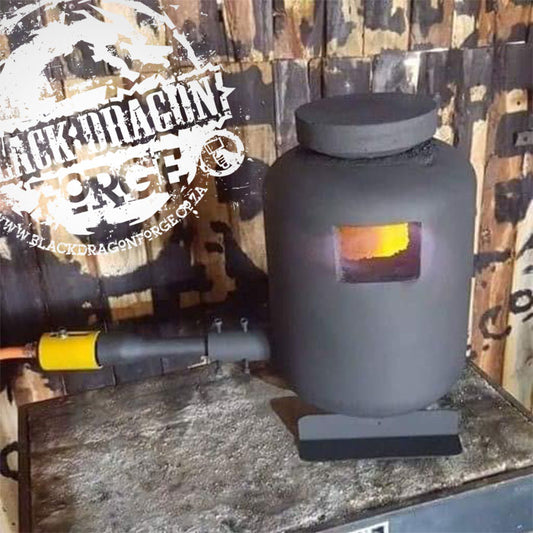

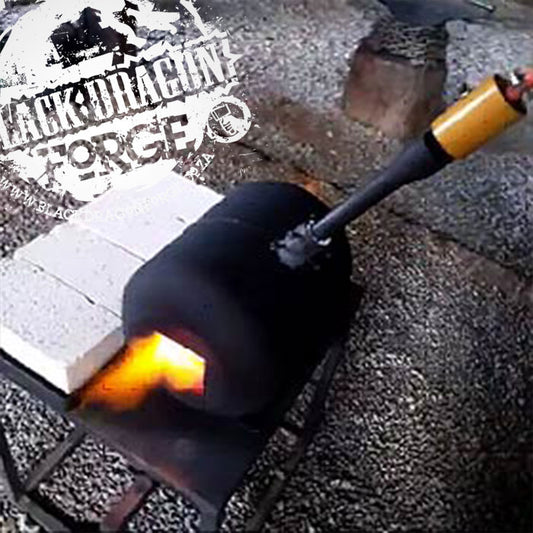

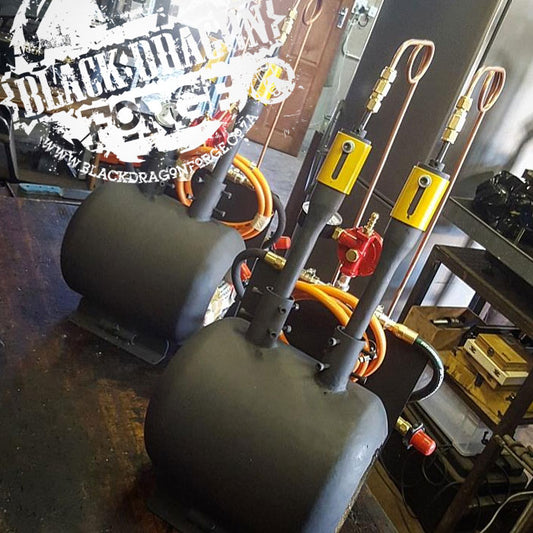
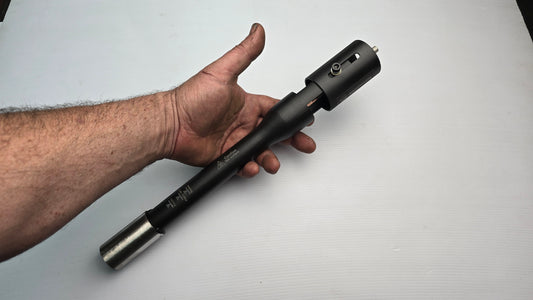
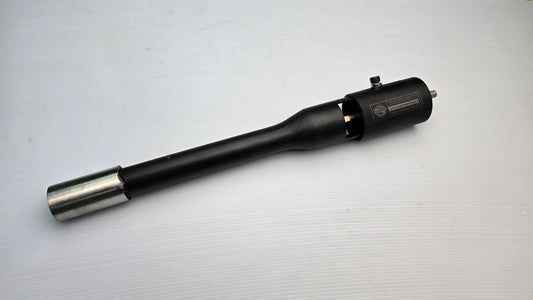

2 comments
Thank you. Very logical but not often thought about
This is amazing. I will be using this as my Knife Care Instructions. I will obviously credit you for proving this so generously to the community. Thank you!